In the early hours of a Saturday morning, a relic of the Soviet-era space race made its final descent back to Earth. Cosmos 482, a spacecraft originally designed to explore the hostile environment of Venus, instead found itself trapped in Earth's orbit for nearly five decades. Its journey came to an end as it reentered the atmosphere and splashed down in the Indian Ocean, west of Jakarta, Indonesia. This event, while not posing a significant threat to human life, captured the attention of the global space community due to its historical significance and the unique circumstances of its reentry.
Cosmos 482, also known as Kosmos 482, was launched by the Soviet Union in March 1972 as part of its ambitious Venus exploration program. The spacecraft was intended to make a soft landing on Venus and study its dense atmosphere and surface conditions. However, a failure during its transfer orbit left it stranded in Earth's orbit, where it has circled aimlessly ever since. The European Space Agency (ESA) and other organizations have been monitoring its trajectory for years, anticipating its eventual reentry.
The spacecraft entered Earth's atmosphere around 9:24 a.m. Moscow time (2:24 a.m. ET) on Saturday, according to the Russian space agency, Roscosmos. The ESA confirmed that the vehicle was not detected by radars in Germany around 7:32 UT (3:32 a.m. ET), indicating that its reentry had likely already occurred. The spacecraft's journey back to Earth was closely watched due to its unique design and the potential for it to survive reentry intact.
Cosmos 482 was part of the Soviet Union's groundbreaking Venera program, which aimed to send a series of probes to Venus during the height of the space race. While several Venera spacecraft successfully reached Venus and transmitted valuable data back to Earth, Cosmos 482 was one of the few that failed en route. The spacecraft was equipped with a substantial heat shield designed to protect it from the intense temperatures and pressures of Venus's atmosphere, which is 90 times denser than Earth's. This heat shield likely played a crucial role in its ability to survive reentry into Earth's atmosphere.
Marlon Sorge, a space debris expert with The Aerospace Corporation, noted that Cosmos 482's design to survive Venus's harsh conditions increased the likelihood of it remaining intact upon reentry. "This object was designed to survive reentering Venus, so there’s fair odds that it’ll survive coming back (to Earth) in one piece," Sorge said. This made the reentry less risky compared to other space debris, which often disintegrates upon reentry.
The reentry of Cosmos 482 highlights the complexities and unpredictability of spaceflight. Even decades after its launch, the spacecraft's trajectory was influenced by subtle atmospheric drag and other factors, making it difficult to predict its exact reentry point. The cylinder-shaped craft, about 3 feet (1 meter) in diameter, was unable to maneuver, leading to an uncontrolled reentry. This type of reentry is challenging to forecast accurately due to the numerous variables involved, including space weather and the spacecraft's condition.
Despite the attention it garnered, Cosmos 482 posed little risk to people on the ground. Experts emphasized that if it had landed on dry land, onlookers should have kept their distance due to potential hazards such as leaking fuels. Legally, the spacecraft remains the property of Russia, as outlined in the 1967 Outer Space Treaty, which stipulates that the nation that launched an object into space retains ownership and responsibility for it, even if it crashes back to Earth decades later.
The reentry of Cosmos 482 serves as a reminder of the enduring legacy of the space race and the challenges of managing space debris. While most defunct objects in space disintegrate upon reentry, the increasing activity in space, driven by commercial companies like SpaceX, has raised concerns about the potential risks posed by space debris. The Aerospace Corporation's Parker Wishik noted that safety standards have improved significantly since the 20th century, but incidents like Cosmos 482's reentry underscore the importance of responsible space exploration.
As the world enters a new era of space exploration, with commercial companies launching hundreds of new satellites each year, the management of space debris has become a critical issue. Ensuring that objects do not collide in space or pose a risk to humans upon reentry is a priority for the space community. The descent of Cosmos 482, a relic of the past, serves as a poignant reminder that what goes up must eventually come down, and the decisions we make today in space will shape our future for decades to come.

By /May 21, 2025

By /May 21, 2025

By Natalie Campbell/May 21, 2025
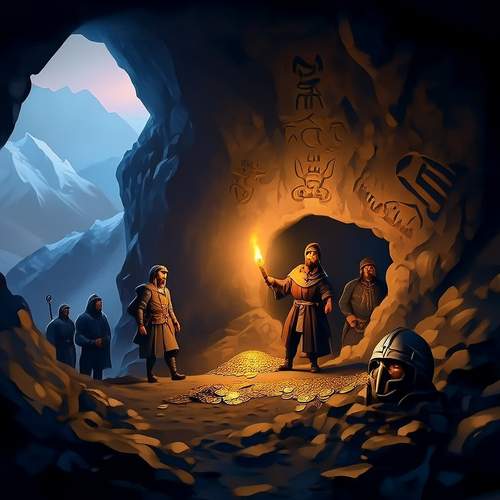
By Victoria Gonzalez/May 21, 2025
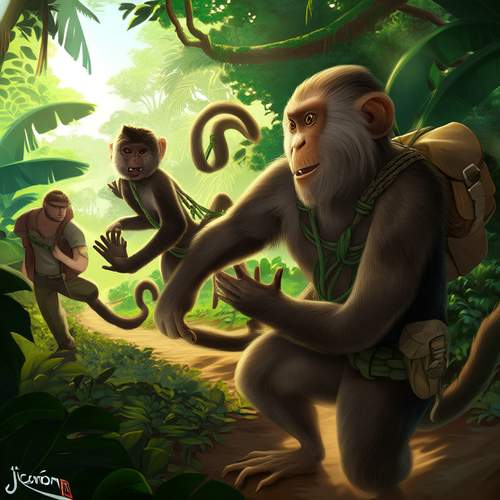
By Noah Bell/May 21, 2025

By Joshua Howard/May 21, 2025
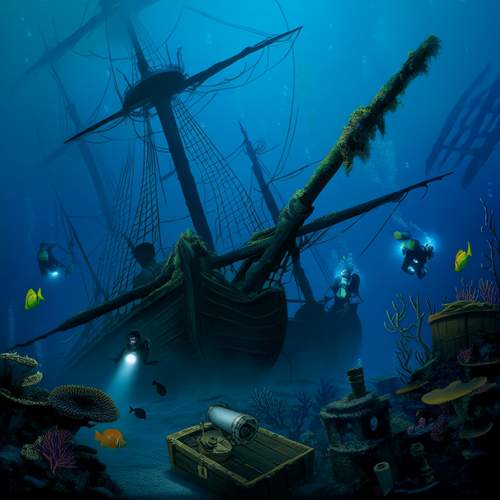
By Olivia Reed/May 21, 2025
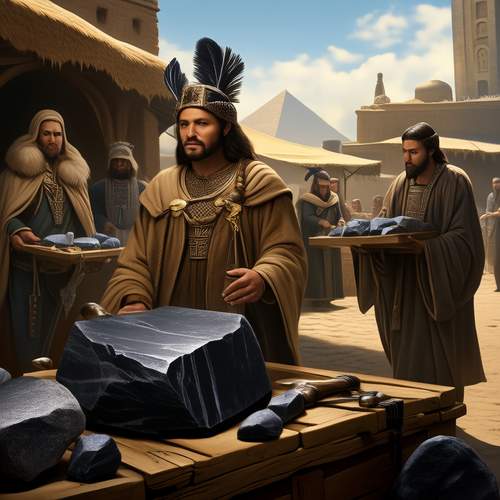
By David Anderson/May 21, 2025

By Victoria Gonzalez/May 21, 2025
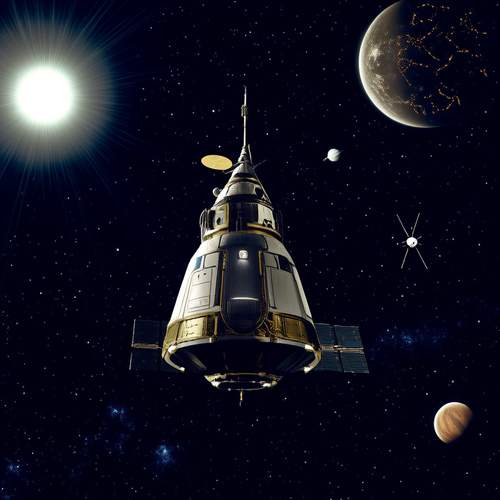
By Sophia Lewis/May 21, 2025
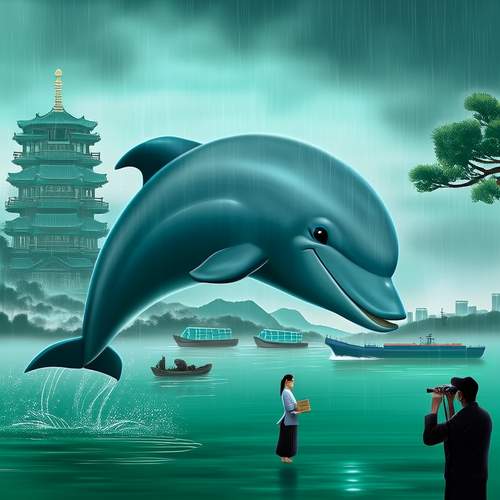
By Daniel Scott/May 21, 2025
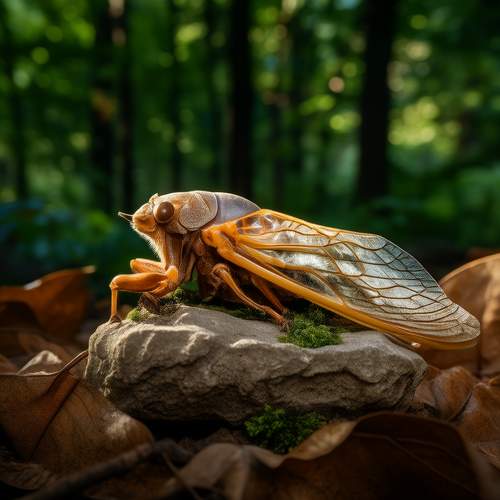
By Jessica Lee/May 21, 2025
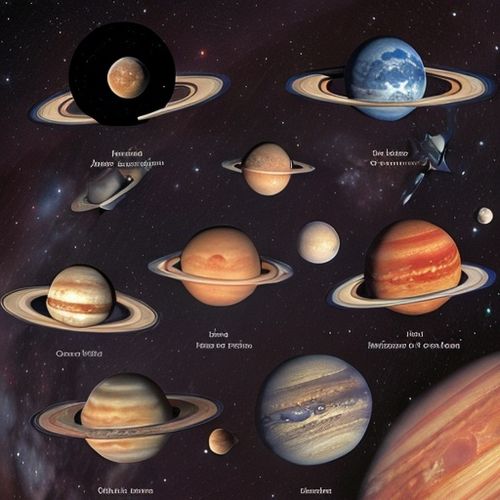
By Jessica Lee/Dec 22, 2024

By Emily Johnson/Dec 22, 2024
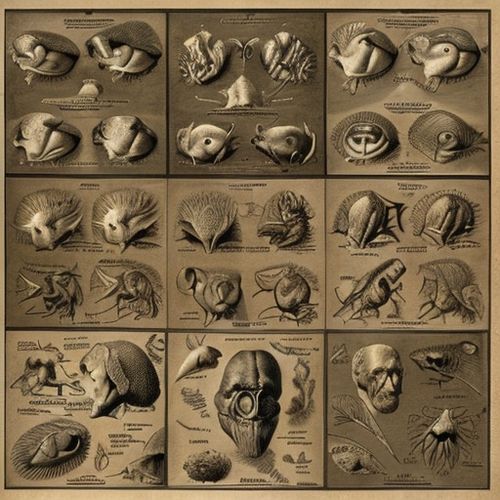
By Elizabeth Taylor/Dec 22, 2024

By Benjamin Evans/Dec 22, 2024

By Elizabeth Taylor/Dec 22, 2024